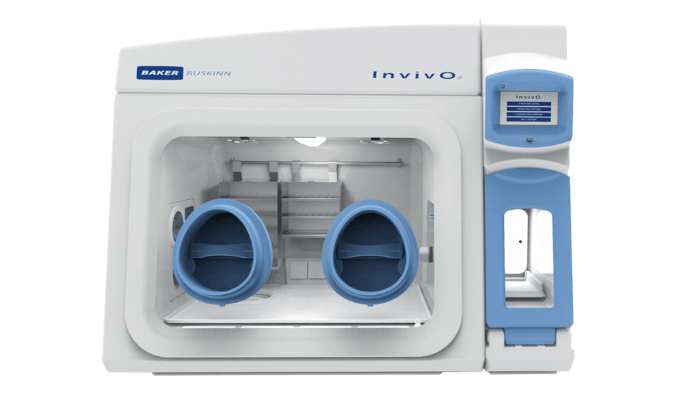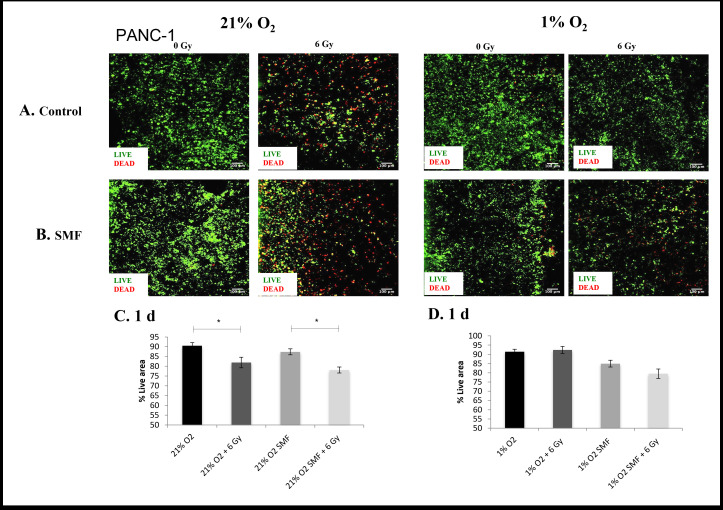Publication: Enhanced effect of X- rays in the presence of a static magnetic field within a 3D pancreatic cancer model
Authors:
Gabrielle Wishart, Priyanka Gupta, Andrew Nisbet, Eirini Velliou, and Giuseppe Schettino
Abstract:
Objective:
To evaluate the impact of static magnetic field (SMF) presence on the radiation response of pancreatic cancer cells in polyurethane-based highly macro-porous scaffolds in hypoxic (1% O2) and normoxic (21% O2) conditions, towards understanding MR-guided radiotherapy, shedding light on the potential interaction phenomenon between SMF and radiation in a three-dimensional (3D) microenvironment.
Methods:
Pancreatic cancer cells (PANC-1, ASPC-1) were seeded into fibronectin-coated highly porous polyethene scaffolds for biomimicry and cultured for 4 weeks in in vitro normoxia (21% O2) followed by a 2-day exposure to either in vitro hypoxia (1% O2) or maintenance in in vitro normoxia (21% O2). The samples were then irradiated with 6 MV photons in the presence or absence of a 1.5 T field. Thereafter, in situ post-radiation monitoring (1 and 7 days post-irradiation treatment) took place via quantification of (i) live dead and (ii) apoptotic profiles.
Results:
We report: (i) pancreatic ductal adenocarcinoma hypoxia-associated radioprotection, in line with our previous findings, (ii) an enhanced effect of radiation in the presence of SMFin in vitro hypoxia (1% O2) for both short- (1 day) and long-term (7 days) post -radiation analysis and (iii) an enhanced effect of radiation in the presence of SMF in in vitro normoxia (21% O2) for long-term (7 days) post-radiation analysis within a 3D pancreatic cancer model
Conclusion:
With limited understanding of the potential interaction phenomenon between SMF and radiation, this 3D system allows combination evaluation for a cancer in which the role of radiotherapy is still evolving.
Advances in knowledge:
This study examined the use of a 3D model to investigate MR-guided radiotherapy in a hypoxic microenvironment, indicating that this could be a useful platform to further understanding of SMF influence on radiation.

